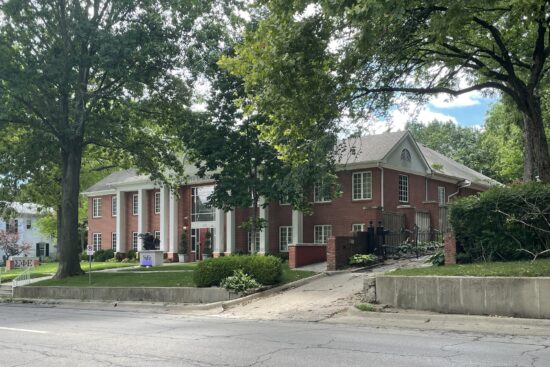One of the justifications for my new bike was that in the long run it would save us money. But how much? How long will it take to recoup the large wad of cash I just jettisoned at the neighborhood bike store?
I spent a few minutes last weekend poking around on the Internet for help calculating the cost per mile I drive in the Miata. I found some sites that were helpful, and some that were disingenuous at best. They all come to a false conclusion after they do the math.
Let’s start with this site: The True Cost of Driving, which undertakes to find a per-mile cost that considers everything, including the economic impact of paving over stuff to accommodate cars. While I applaud the effort, let’s face it the numbers they use vary tremendously by where you live and are worthless without showing the math. Societal cost is really foggy. Important, but foggy. Apparently every mile I drive costs us all about a nickel for cleaning up accidents. And am I to take it seriously when it says that every mile I drive costs pedestrians and cyclists 1.4¢ for “barrier effects”?
Not mentioned is the value of the time saved by driving compared to alternatives. That’s why we drive. This assumes my time has value; arguable considering the amount of time I spent on this little research project. But if the time lost by inconvenienced pedestrians has value, my time should have value as well, and should be factored as a reduction in the cost per mile.
Almost all the calculators I found include the fixed costs of owning a vehicle in the cost-per-mile calculation. Makes sense; the cost of getting my car insured should be amortized over the miles I drive.
So then we have a cost per mile that includes those fixed costs. I can’t find the calculator page for the more level-headed AAA cost-per-mile estimator, but here it says the average is around $.60 per mile.
But here’s the problem: those same people who guided you through the calculation will turn around and tell you that you will save sixty cents for every mile you don’t drive. That is false. Your fixed costs are, well, fixed. It costs the same to register your car no matter how many miles you drive. Drive fewer miles, and your cost per mile goes up.
So, while recognizing that driving less will benefit society as well by a difficult-to-measure amount, how much actual pocket money do I save for each mile I choose a bike over a car? (Note: all the bicycle folks out there apparently consider each mile on a bicycle to be absolutely free, even the advocates who have $10,000 bikes or who have had insurance-funded knee surgery.)
I found myself going back to the drawing board. I know that with my older, smaller car, my out-of-pocket cost per mile will be lower than average, but maintenance is the big variable. I’ve saved a few hundred bucks doing some repairs myself, so if you don’t count the intangible value of my time, maintenance costs are under control �— for now. There’s a clutch out there with my name on it.
I had a long, rather tedious paragraph here showing my math, but to summarize: fuel, mile-based depreciation, tires, maintenance, and “other” comes out to about 25¢ per mile in savings that go straight to my bank account for each mile I don’t drive. That’s a little over six bucks per commute.
The answer to “how long will it take to recoup the investment?”: a long time.
If driving less extends the life of my car by a year, however, then all these calculations are moot; I end up saving a ton of money. The cost per mile of my next car will be MUCH higher — at least for the first few years. Delaying that uptick in expenses is also money in the bank, but harder to quantify without a time machine.
Remember, 25¢ per mile does not include the cost of repairing (or adapting to) the harm I do to our planet for each mile I drive. I may well save the world as a whole more money than I save for myself.
Finally, if all this riding extends the life of my heart for a year (a reasonably likely outcome, actually), the savings go off the chart. But that’s a different sort of calculation.
 2
2
Sharing improves humanity:


